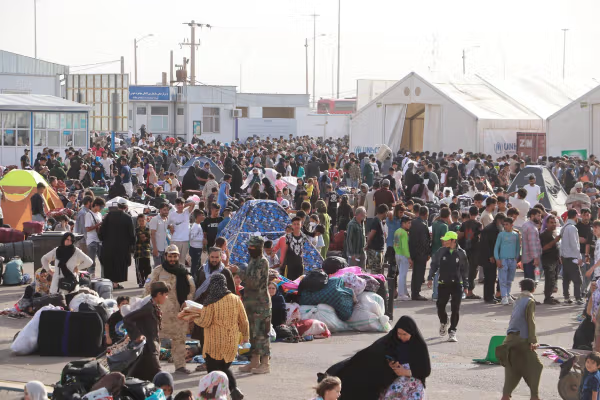This mass dismissal is part of a broader restructuring effort, reportedly ordered by Taliban leader Hibatullah Akhundzada due to budget constraints.
Following Badakhshan, the highest numbers of dismissals were recorded in the provinces of Kapisa, Parwan, and Takhar. The dismissed personnel served in various roles within the Ministry of Defence and included fighters identified by both their real and alias names. Notably, the provinces of Bamiyan and Daikundi saw little to no dismissals.
Among those affected are forces affiliated with senior Taliban commanders such as Fasihuddin Fetrat the Taliban army chief as well as Abdul Qahar Mutawakkil, Samiullah Rasoul, Sayed Mir Khanjar, Mawlawi Saifuddin Azizi, and Mawlawi Amanuddin Mansour.
A letter dated 13 April and signed by Akhundzada ordered that 20 percent of staff from the Taliban’s key security ministries including the Ministry of Defence, Ministry of Interior, and the General Directorate of Intelligence be placed on “active reserve” status, citing financial limitations.
Taliban spokesperson Zabihullah Mujahid confirmed the downsizing, describing it as part of a broader effort to streamline operations, enhance efficiency, and reduce bureaucratic redundancies.
Documents from the Ministry of Defence also show that the Taliban classify their forces into two categories: those who collaborated with the group before the fall of the former republic, and those who joined after the Taliban’s return to power in August 2021.
According to another document obtained by Afghanistan International, Defence Minister Yaqub Mujahid instructed the Ministry of Interior and the Intelligence Directorate to prioritise the removal of “unpopular and undesirable individuals” during the downsizing process.
Rising Discontent in Badakhshan
The dismissals have sparked unrest, particularly in Badakhshan, where local Taliban fighters many of whom are of Uzbek and Tajik ethnicity feel increasingly marginalised. These fighters played a critical role in the collapse of northern territories but have since been sidelined by the central leadership.
Recent tensions in the Jurm district have led to armed clashes among Taliban factions. Local fighters have accused the provincial governor and other non-local officials of discriminatory treatment and have called for their removal.
One prominent figure emerging from the disgruntled ranks is Salahuddin Salar, also known as Mullah Salahuddin, a young Tajik commander gaining influence in the region.
In an effort to contain the growing crisis, senior Taliban officials, including the army chief and the head of intelligence, have travelled to Badakhshan for negotiations and damage control.





